Analysis of Genocide in the Democratic Republic of Congo
VerifiedAdded on 2022/09/18
|6
|1106
|26
Essay
AI Summary
This essay provides an analysis of the genocide in the Democratic Republic of Congo (DRC), exploring its historical context, causes, and consequences. The essay highlights the involvement of various actors, including the UN, and the devastating impact on the Congolese population, particularly women, who have suffered from sexual violence and human rights violations. It references the Genocide Convention and its role in addressing such atrocities, while also acknowledging the ongoing challenges in achieving peace and stability in the region. The essay draws on multiple sources to discuss the complexities of the conflict and the need for resources to be deployed by the UN to ensure stability in the region and prevent the unnecessary killing of Congolese people. The author emphasizes the need for a comprehensive approach to address the humanitarian crisis and the importance of international cooperation.
1 out of 6
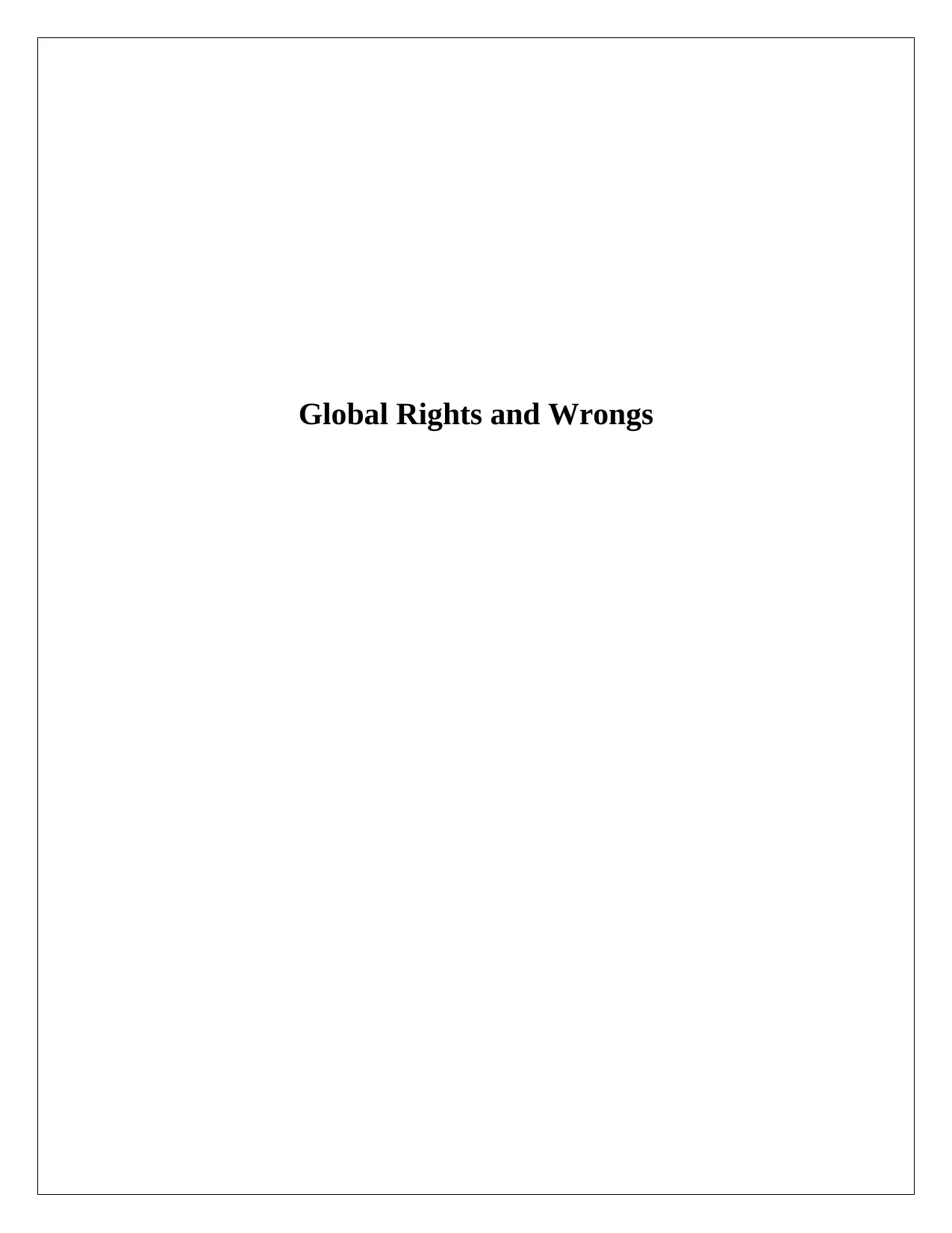
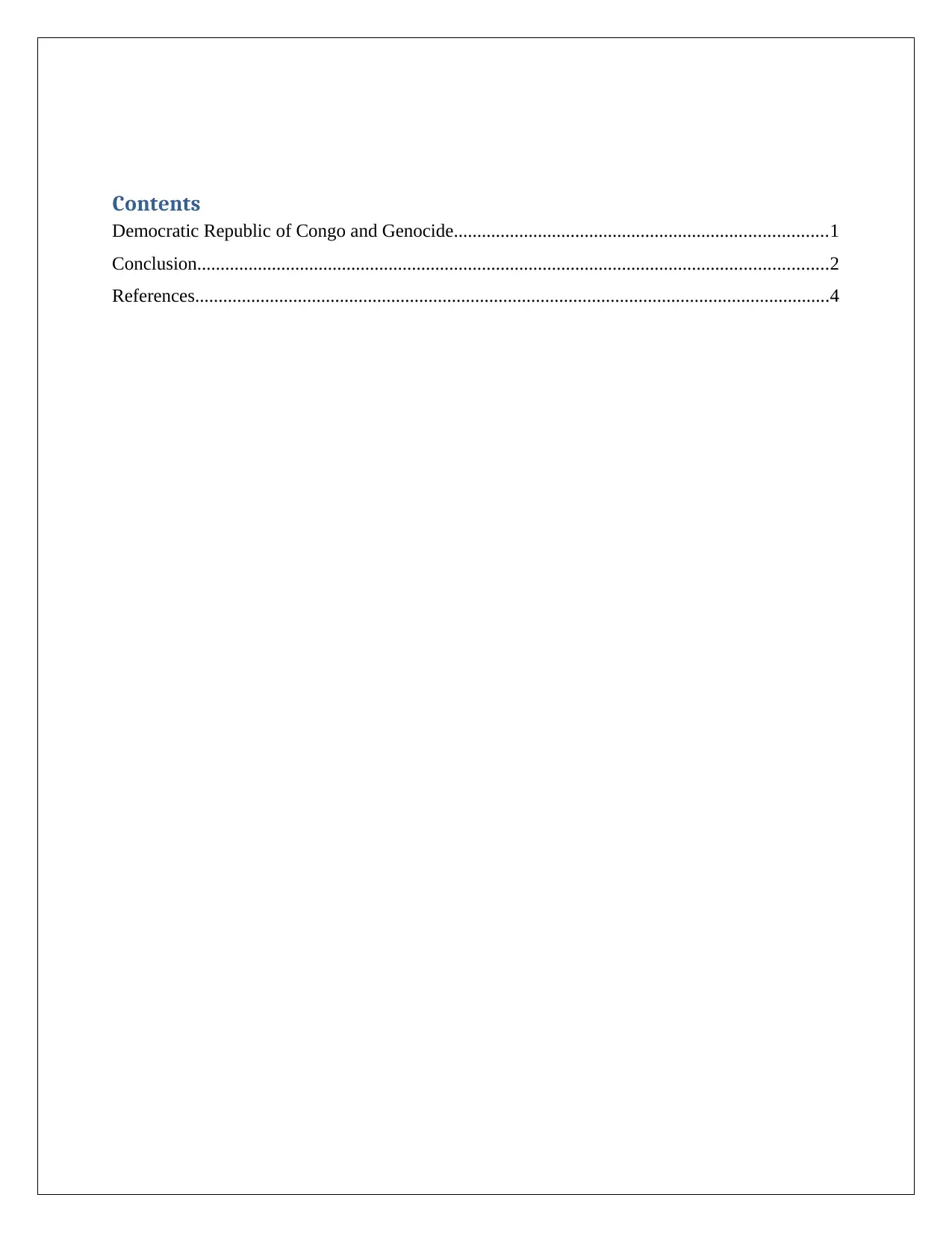
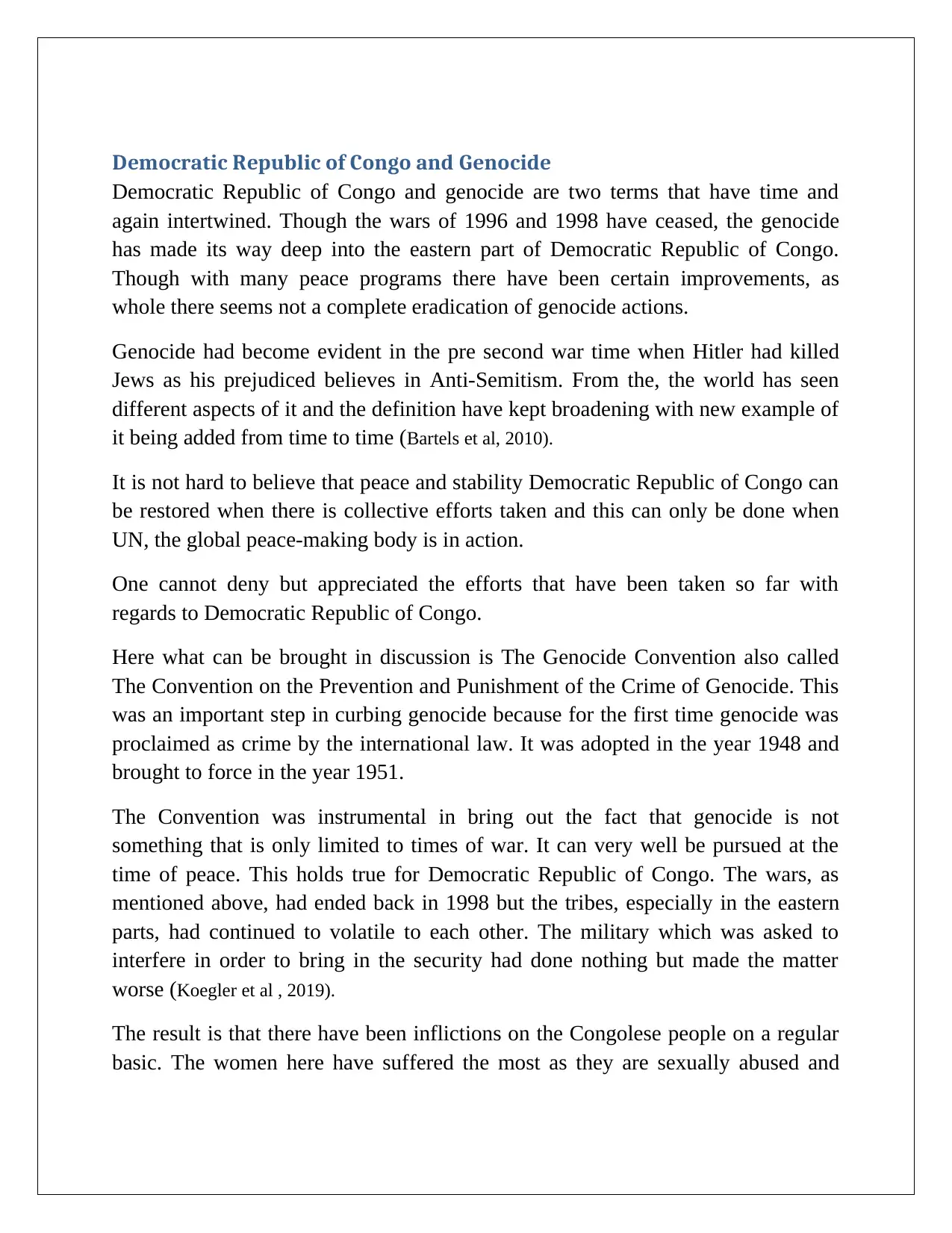
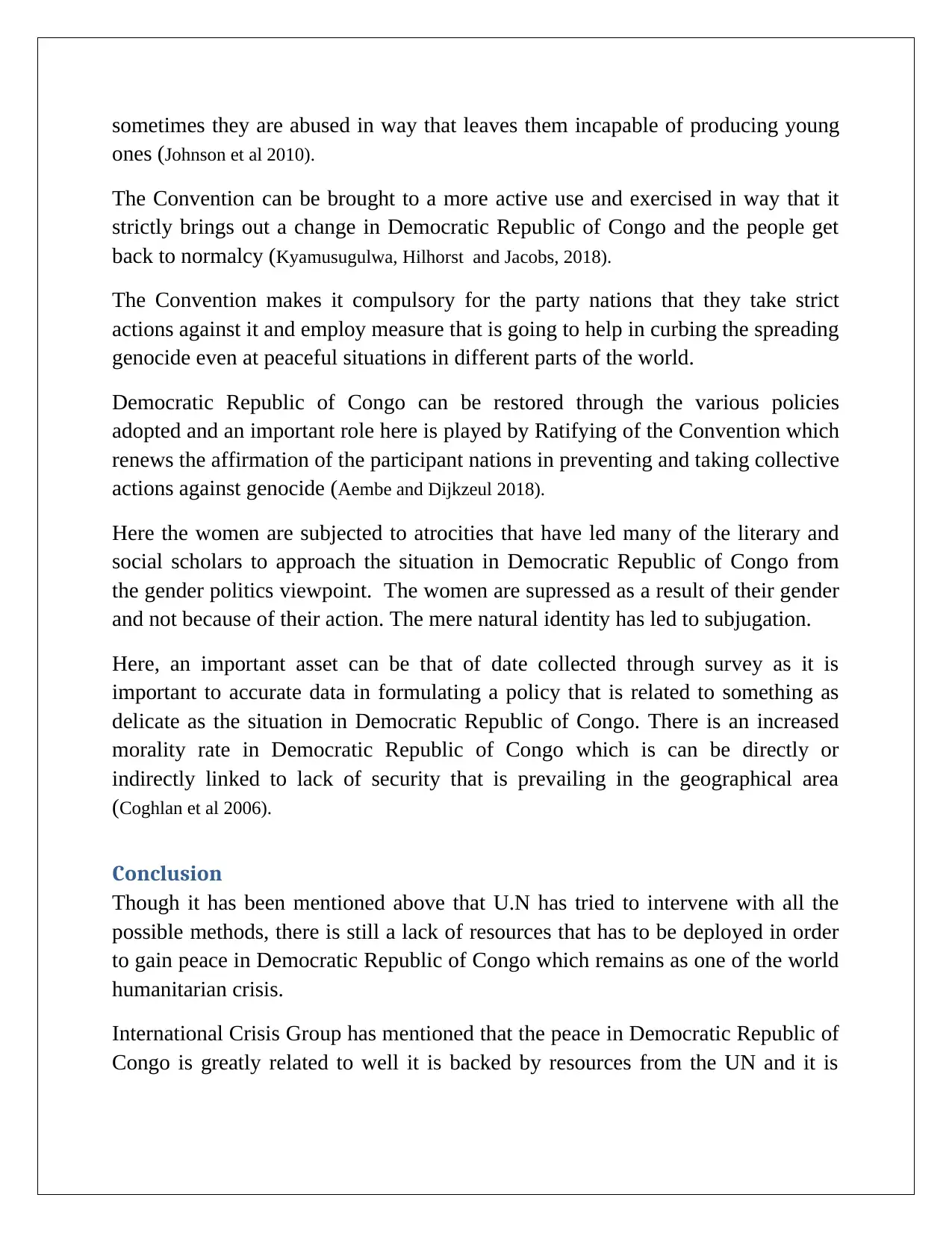
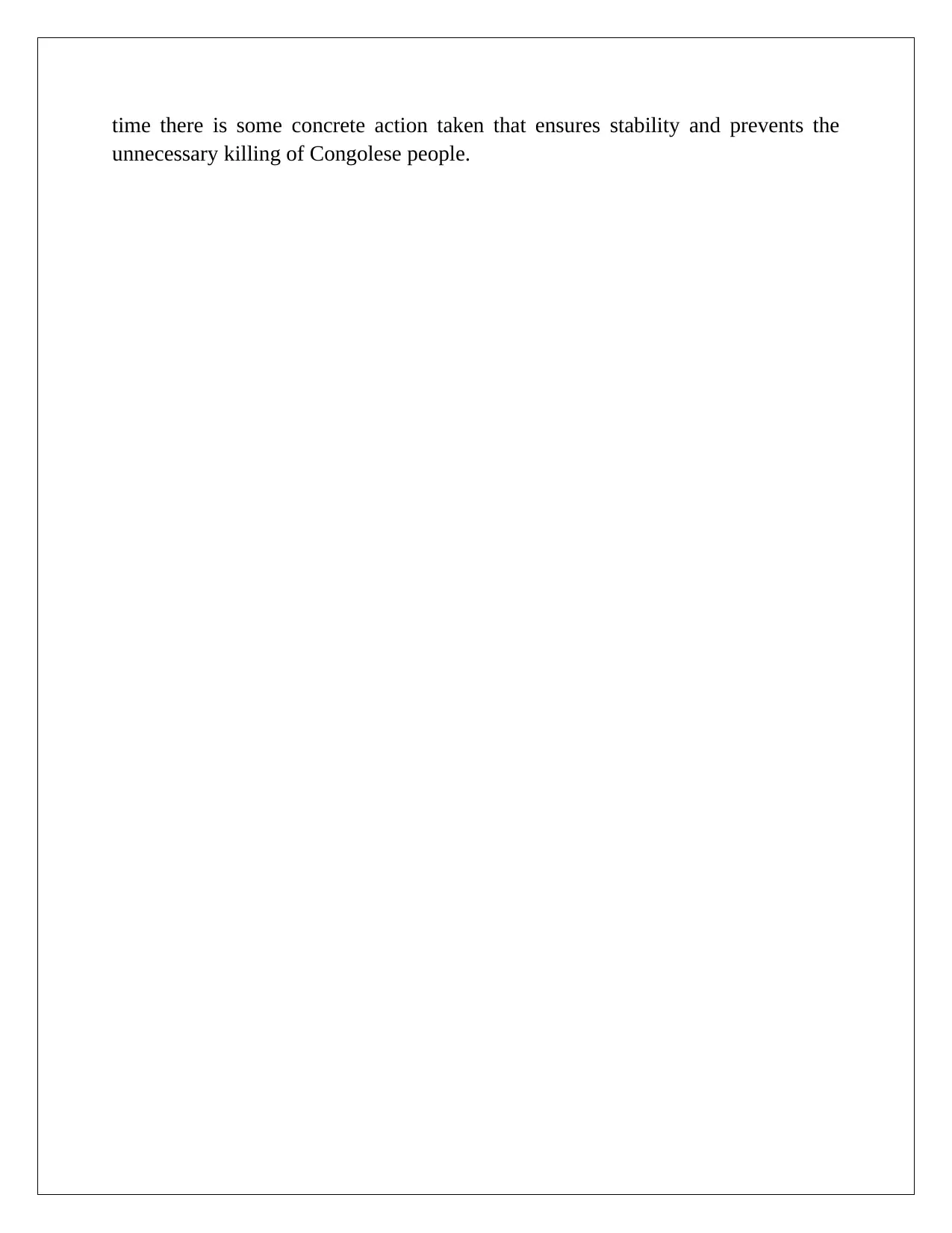
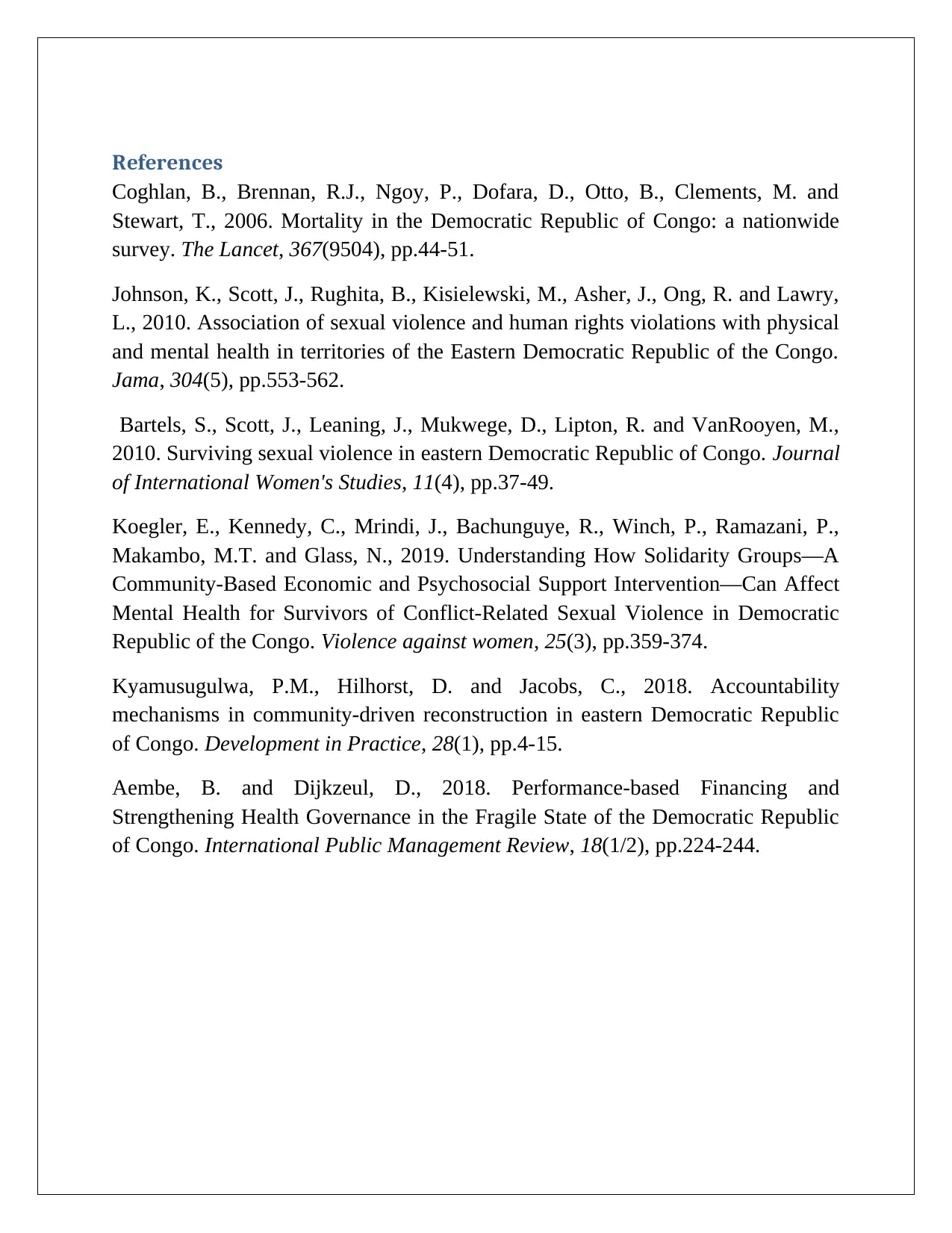

![[object Object]](/_next/static/media/star-bottom.7253800d.svg)